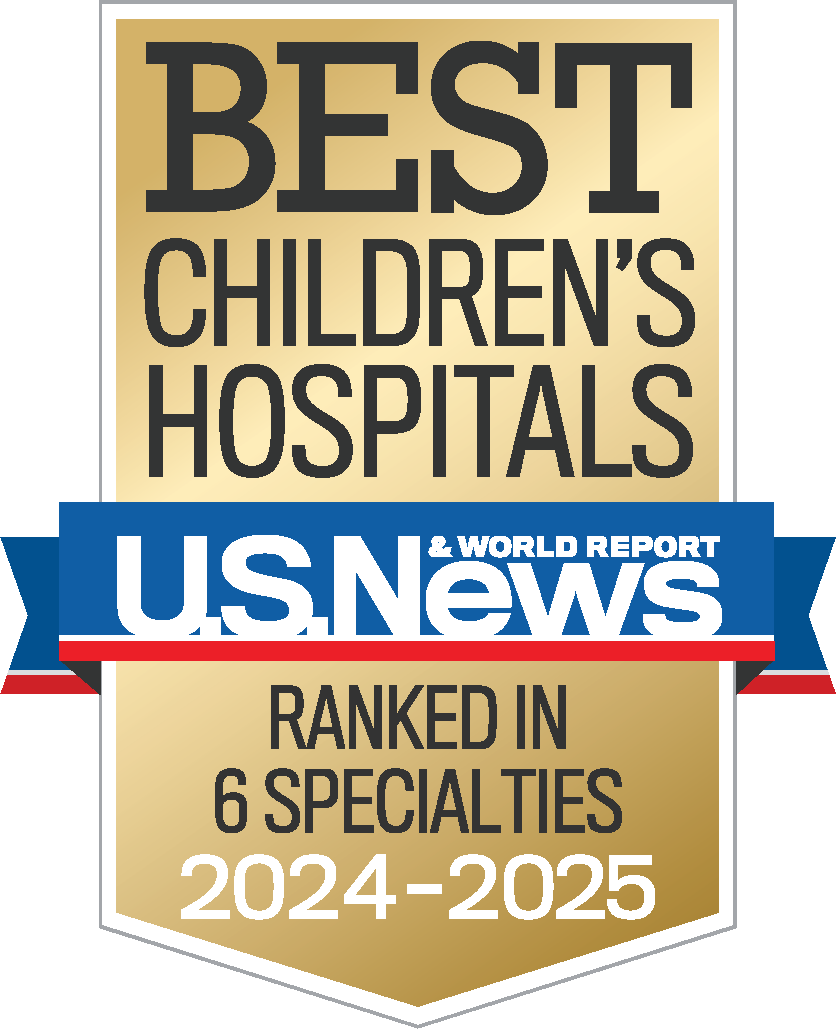Glossary of Terms
Common terms and terms you may hear at your appointment/admission
Absence seizure (petit mal)—during this type of seizure it may appear that the person is daydreaming. However, the person cannot be made alert, unaware of what is happening around them. These seizures usually last a few seconds.
AED—antiepileptic drugs. Medications used to prevent seizures
Atonic seizure—sudden loss of muscle tone is lost causing the person to fall, which can cause injuries (especially head injuries)
Automatisms—an act performed unconsciously. Spontaneous verbal or motor behavior (picking, lip smacking)
Clonic—jerking
Complex partial seizure—during this seizure type, the person may seem fully aware of what they are doing but they are not. Typically the person loses some awareness and stares blankly and he/she may not remember the event clearly or at all. You may see the person moving their mouth, picking at the air/clothes and/or have other repetitive motions (automatisms). These seizures usually last between 30 seconds and 2 minutes.
Eloquent cortex—areas of the brain that are important in sensory processing or movement. Most commonly located in left temporal and frontal lobes for speech and language, bilateral occipital lobes for vision, bilateral parietal lobes for sensation and bilateral posterior frontal lobes (motor cortex) for movement.
EMU—Epilepsy Monitoring Unit
Epileptologist—A neurologist with specialty training in epilepsy.
Epilepsy—2 or more seizures that are not associated with a fever or a provoking condition such as a head injury
Febrile seizure—this type of seizure only occurs with fever in children from 6 months to 6 years of age. Generally, children outgrow febrile seizures.
Generalized Seizures—this type of seizure is when abnormal electrical activity affects a large part of the brain. You may see muscle twitches, teeth clenching, arms and legs jerking rapidly and rhythmically and there is loss of consciousness.
Infantile spasms—a seizure type that usually appears in the first year of life. The baby will have spasms- sudden, quick and uncontrolled movements of the neck, upper body, arms and legs. The spasms tend to occur in clusters.
Intractable epilepsy—seizures that continue despite trials of 2-3 AEDs. These seizures are sometimes also called “uncontrolled” or “refractory.”
Myoclonic/jerks—sudden jerking/twitching of a muscle or body parts. Usually brief.
Neuropsychological evaluation (neuropsych appt)—testing to measures general intelligence, language, memory, fine motor skills, attention and behavior
Neuropsychologist—a licensed psychologist that administers the neuropsychological evaluation
Palliative care—care given to improve the quality of life
Paroxysmal events—An event characterized only by changes in autonomic function, behavior, or respiratory rate (staring episodes, hyper alertness, pallor and rapid/slow breathing)
Resection—surgical removal of tissue or an organ
Secondarily generalized seizures—a seizure which begins as a simple or complex partial seizure but ends with a generalized seizure with rhythmic jerking involving the whole body.
Seizure—Rapid electrical activity of the brain causing abnormal function. This change can be in behavior or repetitive movements.
Simple partial seizures—this type of seizure involves one part of the brain causing a movement, or sensation of a body part. The child is completely aware of his/her surroundings and can describe the seizure.
Status Epilepticus—A seizure that lasts a long time (more than 10-15 minutes) or a flurry of seizures in between which the child does not regain consciousness.
Seizure—episodes of abnormal brain activity that cause changes in attention or behavior
Tonic seizure—a seizure type with body stiffening which may cause a fall.
Tonic clonic (GTC/grand mal/ “the big one”)—a seizure that involves the entire body first stiffens and then contracts muscles such that both sides of the body jerk rhythmically.
For a more detailed glossary, or more information, please visit Epilepsy Foundation of America.




